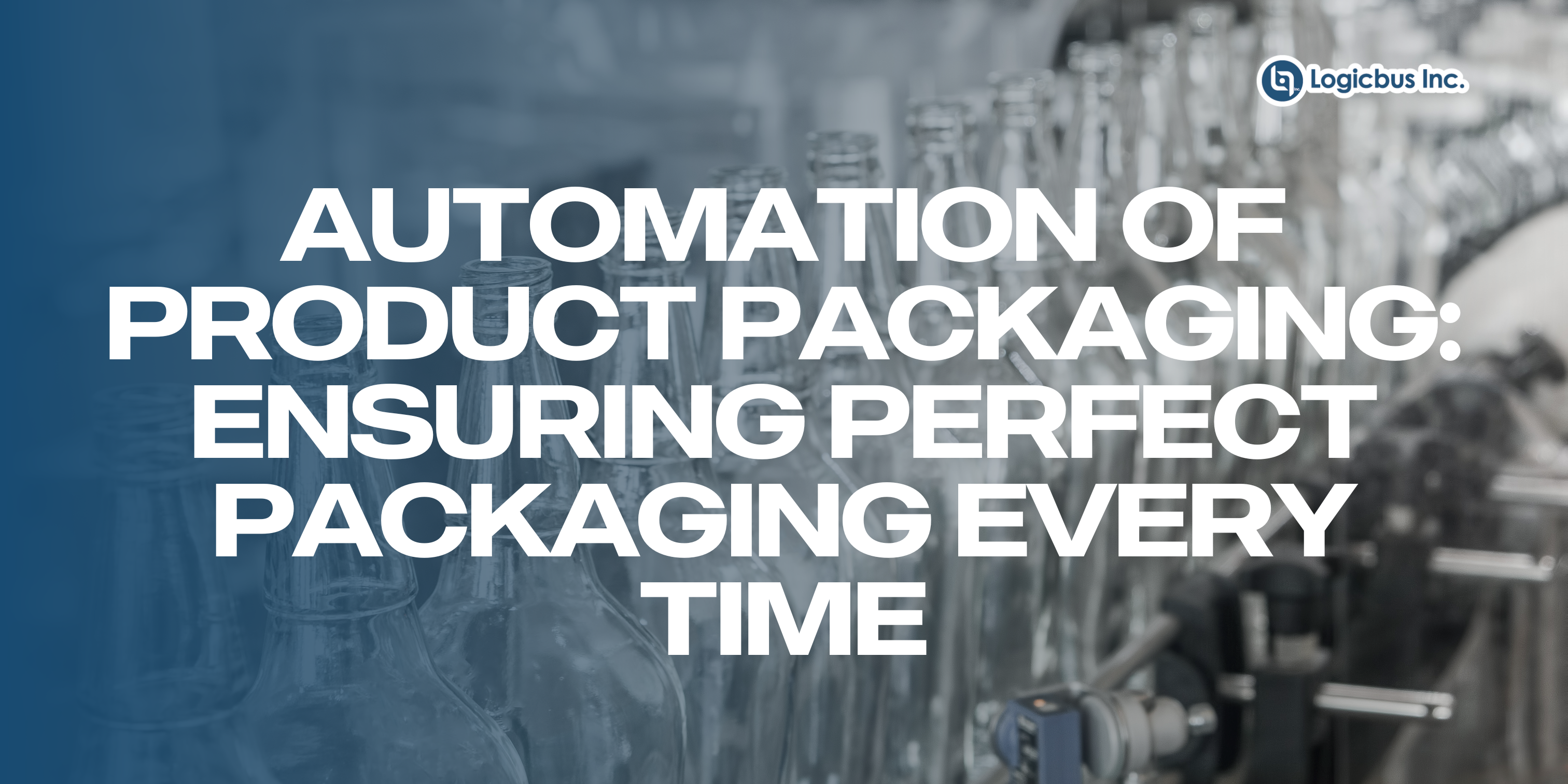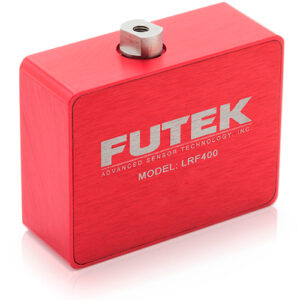How Automated Packaging Works
Automated Control of Packaging Processes
Fatek Programmable Logic Controllers (PLCs) are instrumental in managing various packaging stages, such as filling, sealing, capping, and labeling. These controllers enable precise synchronization of equipment, ensuring smooth operations and preventing bottlenecks. By regulating product flow from production lines to packaging stations, Fatek PLCs optimize efficiency and minimize downtime.
For example, in high-speed beverage bottling plants, a Fatek PLC ensures that bottles are filled with exact liquid volumes before being sealed and labeled. The automation not only increases throughput but also guarantees uniformity in packaging.
Precise Weight Measurement 
Maintaining accurate portion sizes is critical, especially for prepackaged foods, bottled drinks, and portion-controlled snack packs. The FUTEK LRF400 Tension and Compression Load Cell, integrated into packaging lines, ensures that each package meets exact weight specifications. This level of precision reduces material waste, prevents underfilling or overfilling, and helps manufacturers comply with regulatory standards regarding product weight.
By leveraging automated weight measurement, manufacturers can also maintain cost efficiency, as overfilling leads to unnecessary product giveaway, while underfilling can result in customer dissatisfaction or legal repercussions.
Label and Quality Inspection
The quality of packaging goes beyond just filling and sealing; it also encompasses proper labeling and package integrity. Smart sensors such as Tri-Tronics’ SmartDot Laser Sensor perform real-time inspections to verify label placement, text readability, and seal integrity.
By detecting issues such as misaligned labels, missing barcodes, or improperly sealed containers, these sensors prevent defective products from reaching the market. This not only enhances brand reputation but also reduces the need for costly recalls and rework.
Integration of Environmental Controls
Packaging areas must maintain strict environmental conditions to prevent contamination and ensure product longevity. Sensors from ncd.io, such as the PR52-33A combined with the PR55-17B Gateway, monitor critical factors like temperature and humidity in real-time.
By integrating these wireless sensors into the production environment, businesses can proactively manage conditions to meet food safety standards. Any deviation from the ideal range triggers alerts, allowing operators to take immediate corrective actions and prevent compromised product quality.
Operator Interfaces for Manual Adjustments
Even in highly automated settings, operator oversight remains essential. The Fatek P5070NB HMI panel provides a user-friendly interface for monitoring and manual adjustments. This industrial-grade touchscreen display enables real-time visualization of packaging processes, allowing operators to fine-tune conveyor speeds, adjust filling levels, or modify labeling parameters as needed.
The panel’s high connectivity ensures seamless integration with existing automation systems, offering an intuitive way to enhance operational efficiency without requiring extensive technical expertise.
Proactive Maintenance and Downtime Reduction
Unexpected equipment failures can halt production, leading to significant losses. Predictive maintenance solutions help prevent such disruptions. The ncd.io PR55-67A sensor, when paired with the PR55-17B Gateway, continuously monitors equipment conditions, tracking parameters such as temperature and vibration levels.
By analyzing this data, businesses can schedule maintenance before critical failures occur, optimizing uptime and ensuring consistent packaging output. Proactive maintenance also extends the lifespan of machinery, reducing long-term capital expenditures.
Advantages of Automated Packaging
- Increased Speed and Efficiency – Automation eliminates bottlenecks and streamlines repetitive tasks, significantly increasing production output without compromising quality.
- Improved Product Quality – Ensures consistent weight, secure sealing, and precise labeling, maintaining high product standards.
- Reduced Waste – Minimizes material wastage due to overfilling, mislabeling, or defective packaging, optimizing resource utilization.
- Enhanced Compliance – Meets strict food safety and regulatory requirements, with automated data logging for audit readiness.
- Customizable and Scalable – Adapts easily to different packaging formats and production needs, allowing businesses to scale operations as demand grows.
- Durability and Reliability – Utilizes industrial-grade components designed for harsh environments, ensuring long-term operational stability.
Conclusion
Automation is revolutionizing product packaging, particularly in the food and beverage industry. By integrating smart PLCs, precision weighing systems, real-time quality control sensors, and predictive maintenance tools, manufacturers can achieve unparalleled efficiency, accuracy, and compliance.
Logicbus offers cutting-edge automation solutions tailored for packaging applications, ensuring businesses stay ahead in an increasingly competitive market. With advanced technologies and seamless integration, companies can optimize their packaging lines, reduce operational costs, and maintain superior product quality—ensuring perfect packaging every time.
sales@logicbus.com | support@logicbus.com | +1 619 616 7350 | Start conversation






